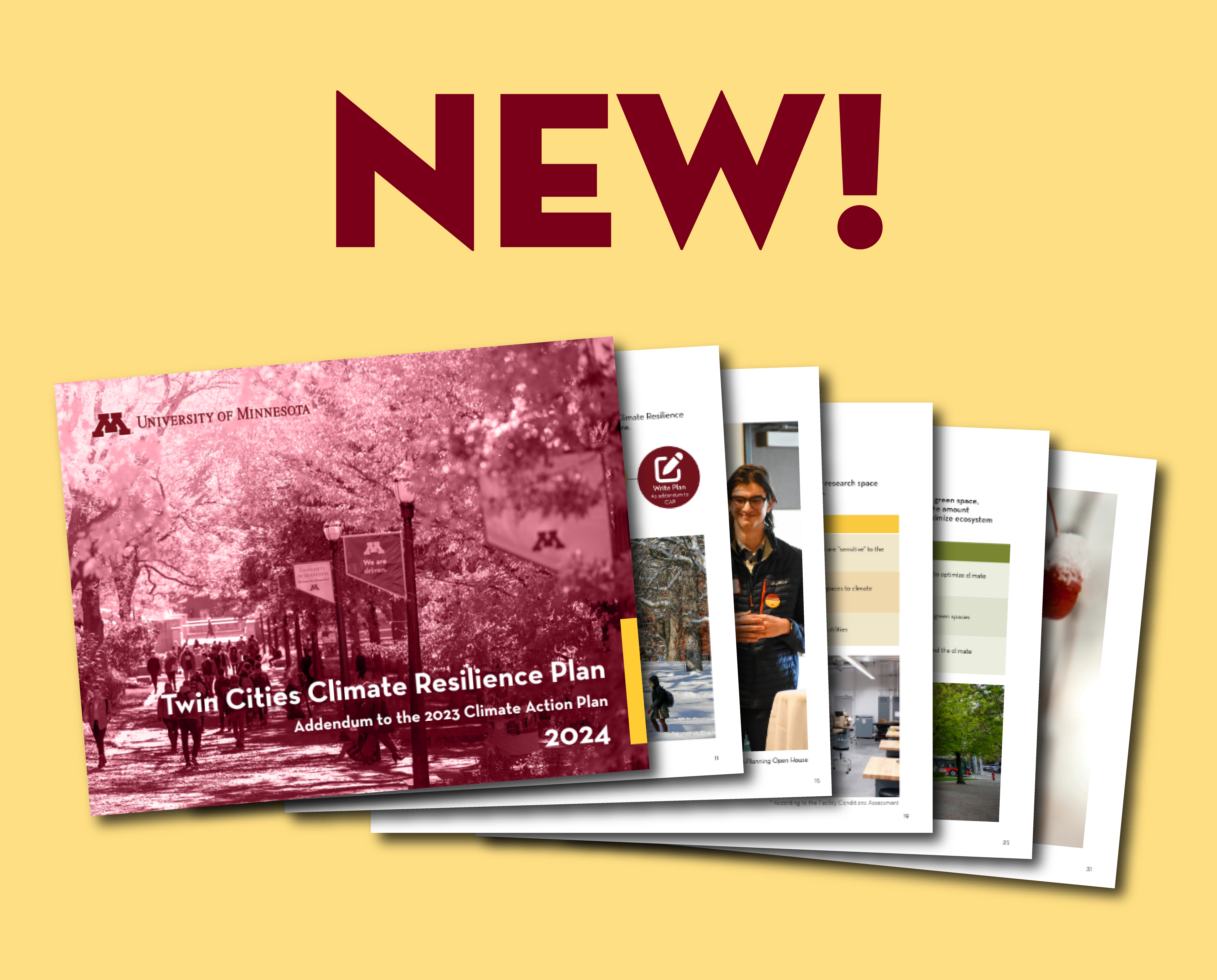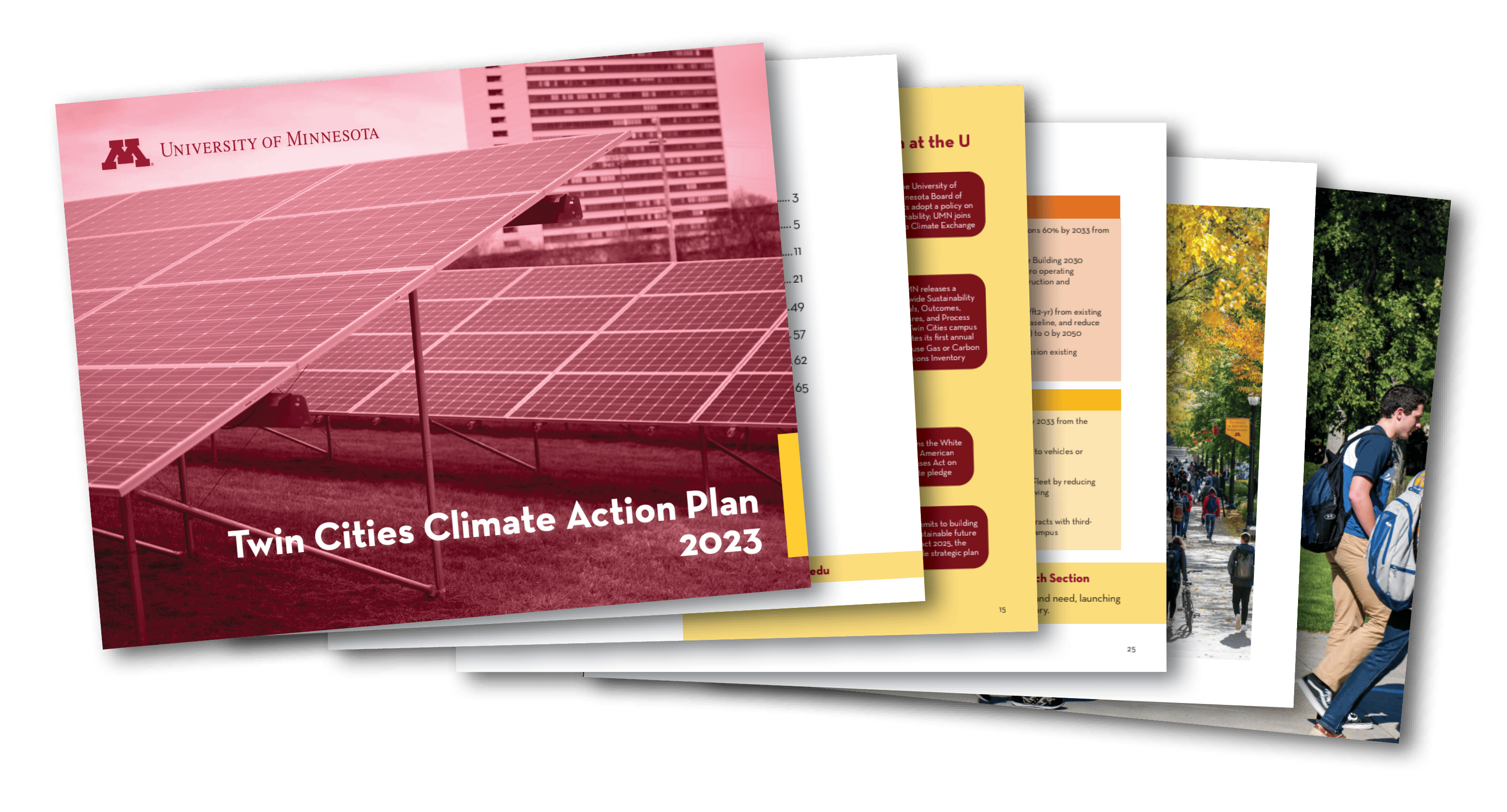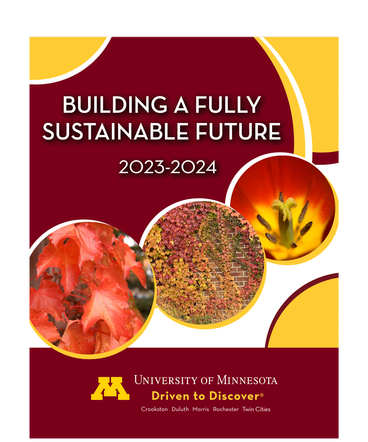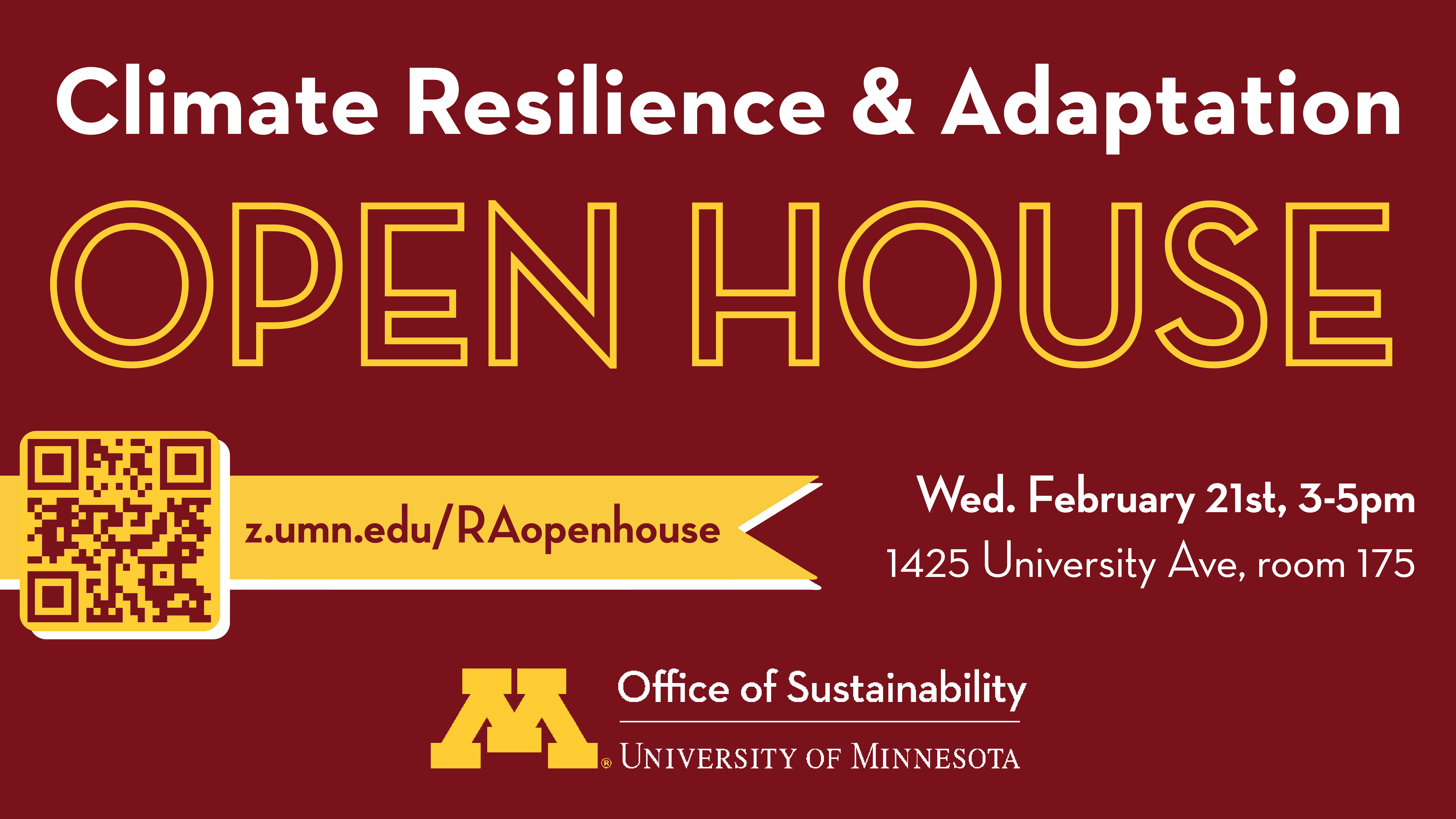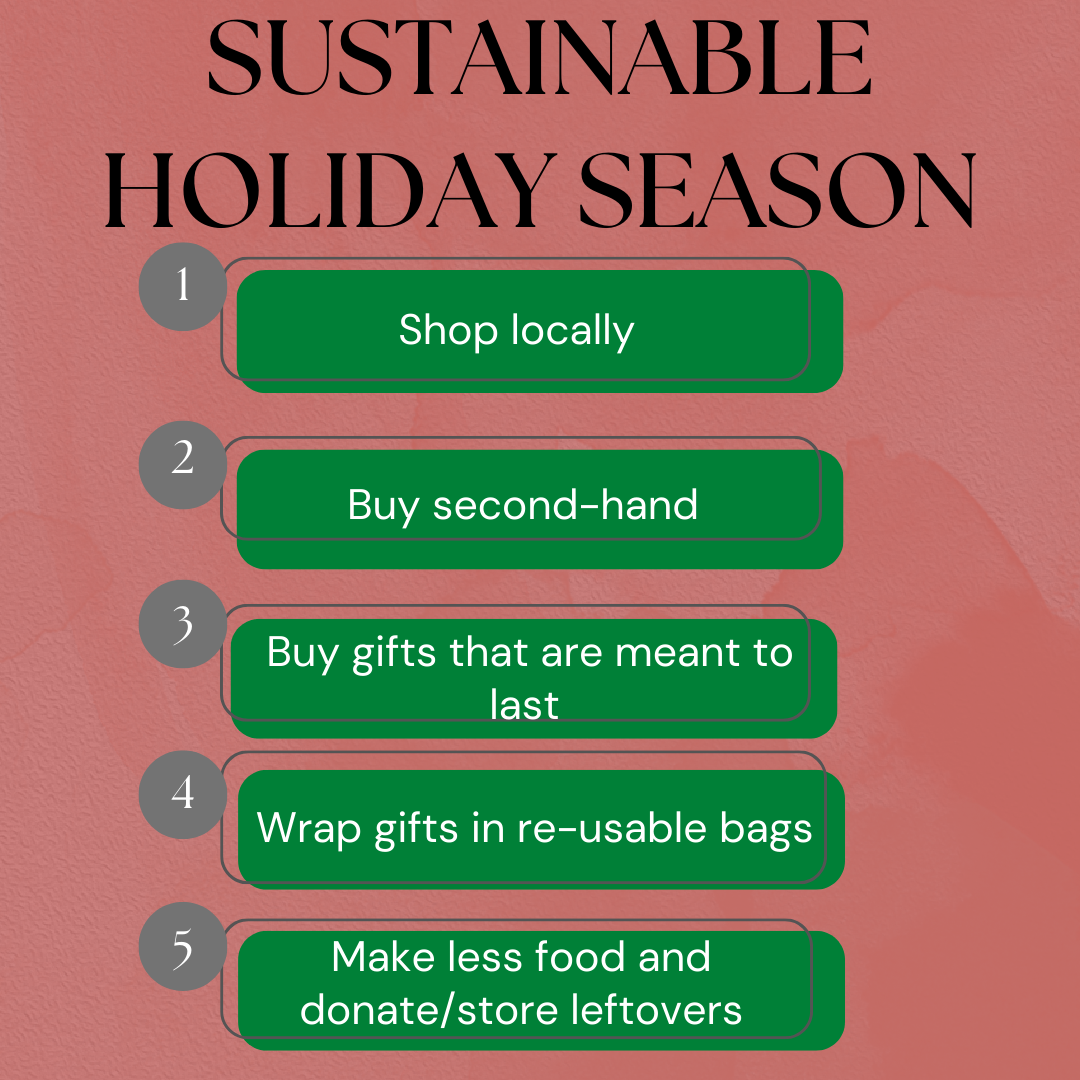
The Holidays are Here!
Be sustainable this holiday season and be mindful of consumption habits and impacts on the environment. Follow this guide to a sustainable holiday season!
Sustainable Shopping

Shop locally and support small businesses! Avoid big corporations and choose a local business to support. Shopping locally, or shopping small, means buying from local or independent businesses instead of going to a large retailer. Some examples are:
- Buying produce at your local farmers market
- Eating at independent restaurants rather than fast food or chain restaurants
- Shopping at your local hardware store rather than a big box store
- Supporting local artists who make art, candles, jewelry, etc.
If you live in or near the Twin Cities, check out the Plaid Market at The Shoppes at Arbor Lakes!
- The Woods
- GoodThings
- Love From Minnesota
- Olfactory Scent Studio
- B Magical Health and Wellness
- And many more!
This article is a great guide to other local Minnesotan businesses to support this holiday season! It is sectioned off into Gifts and Novelty items, Clothing, Restaurant Merchandise, Museum/Theatre Products, Local Sports Merchandise, and other ways to support local businesses.
If you're not sure what to get, purchase gift certificates from local shops or restaurants.
Locally is a great tool to use to find local shops and businesses near you! Just enter your city and it will show local brands and retailers near you! Further, if you do not live in the metro area with many options, local craft fairs and Etsy are good places to look! You can use Etsy for local shopping by searching for sellers in your area.
Sustainable shipping processes! If you are doing online shopping:
- Have all your items packaged together, and
- Choose later shipping dates
These simple steps help to reduce the amount of cardboard and packaging needed in shipping, and allows delivery trucks to be as full as possible, making it a more sustainable trip. The less amount of resources used, cardboard and packaging, and fewer delivery trips, reduces the amount of cardboard wasted, carbon dioxide that is emitted by delivery trucks, and fuel needed to drive the trucks, making it a more sustainable shipping option!
Gift experiences rather than things! Give your time and talent to your friends and family. Give gifts of gift cards to museums, concerts, restaurants, sporting events, or theaters. Make homemade cards, offer your time to help someone busy, create digital photo books, video compilations, music playlists, etc. that require less shopping and more personal meaning! Experiential gifts are more personal, sometimes more enjoyable and can build lasting memories between the giver and the receiver. Give gifts that will last and allow others to be more sustainable like cookbooks for leftovers or reusable bags/containers – long lasting items and things that can be reused and later recycled. These types of gifts cut down on unnecessary consumption and production of gift items that may get wasted, go unused, or break easily.
Buy second-hand! Find thrift stores near you to buy gently used items to give this year, or tell your friends and family to shop second-hand when getting you a gift. Every new item we purchase has a greater impact on the environment than used items. Second-hand shopping lowers the impact of consuming gifts because it is reusing things that have already been produced and saving them from ending up in landfills.
The environmental benefits of second-hand shopping are:
- Creating less waste. Reusing items saves them from entering landfills and gives them new life
- Reducing pollution. Producing every new item creates pollution in every step of the production process. Extracting raw materials, manufacturing the product, and transporting it around the world, has high impacts on the environment.
- Saving natural resources. Buying used items decreases the demand to produce new items. This helps to reduce the amount of pollution that is generated when producing items.
- Saving water resources. Similarly, producing new items requires large amounts of water, so shopping second-hand indirectly saves a lot of water.
- Saving energy. Producing material goods requires a lot of energy to operate machines and factories. To produce energy, we need to burn fossil fuels which have harmful effects on the environment. Energy is needed to transport new items across the world, therefore, buying used items saves a ton of energy.
- Reducing demand for packaging, again resources. New items are always wrapped in packaging which again, requires a lot of resources, energy, and materials to produce.
Bring your own reusable bag when shopping! Cut down on single use items, like plastic bags and wrapping by and bringing your own bag to the store and wrapping gifts in reusable bags.
Make the wrapping a part of the gift! Use newspaper, a blanket, a clothing item, reusable tote bags etc. to wrap your gifts. If you choose to use wrapping paper, only use the amount that you need! Wrapping paper, gift bags, and plastic bags are unsustainable and unsustainably made with ink, plastics, and shiny foils that are not recyclable. Use materials that you have around the house, old maps, reusable cloth gift bags, comics, newspapers, or items that you plan on giving as a gift (clothing, blanket, tote bags etc.). This reduces the need for the unsustainable wrapping paper and the associated waste. Wrapping paper may be pretty, but it is useless after one use and only contributes to waste generation. About 4.6 million pounds of wrapping paper is produced every year in the US, 2.3 million pounds of which ends up in landfills. Be sure to recycle all paper and cardboard and reuse empty plastic containers and bags. Unfortunately, if your wrapping paper is metallic, has foil or glitter on it, or has a texture, it is not recyclable.
Sustainable Shopping Impacts
The impacts are large from sustainable shopping practices. Shopping local helps to support local businesses, and the environment. Shopping locally reduces pollution from transportation as you do not need to drive as far to get your products and you are not shipping products from across the world/country. If you must shop online, opting for sustainable shipping processes helps to offset carbon emissions. Giving experiences rather than items helps to reduce potential waste of gifts that are unwanted and/or may go unused. Shopping second hand is better for the environment because it gives life to ‘old’ items rather than feeding into the production and consumption of new items. Lastly, using reusable bags and wrappings helps to reduce the large amount of waste that is generated by those single use items.
Sustainable Decorations

Use energy efficient lights! Or, skip the lights! LED lights use 80% less energy than regular lights and can save you money. According to the U.S. Department of Energy, if everyone replaced their conventional holiday light strings with LEDs, the energy cost savings would be $850 million each year, and 9.9 billion pounds of annual greenhouse gas emission would be prevented. The savings would be equivalent to the emissions from 940,000 vehicles! Go light free and use candles, reflective ornaments, and the stars in the night sky to provide an electricity-free holiday fun.
Avoid buying plastic decorations! Use natural decorations instead! Decorate with natural, biodegradable items like oranges, lemons, cranberries, popcorn and live flowers to reduce the amount of plastic that is produced and ultimately wasted. If you have plastic decorations, keep them around for many years to offset the carbon footprint of their production.
Use a real tree versus an artificial tree! Or reuse your artificial tree for many years! Real trees are better for the environment than artificial ones that are made out of plastic and can take hundreds of years to break down. Real trees take 6-8 years to grow to full size, and in that time they provide wildlife habitat, soil protection, drought protection, filter air, and sequester carbon from the atmosphere, making them an all-around better choice. Avoid getting a tree that was grown with pesticides – ask your local tree grower their practices and search for a sustainable farm near you. After the holidays, chip your tree into mulch, cut it into firewood, compost it, or feed it to wildlife.
If you choose to get an artificial tree, use it for many years to make it more sustainable. You must keep your plastic tree for at least 10 years to have the same carbon footprint as a real tree.
Sustainable Decorations Impacts
Following these steps can reduce the carbon footprint of holiday decorations. Using LED lights has great energy and monetary benefits. The impacts of plastic are lasting on the environment. Opt for natural decorations, or reuse plastic decorations for many years. Real trees are more sustainable than artificial ones. Try to find a local, pesticide-free tree grower, or reuse an artificial tree for many years.
Sustainable Food

Plan your menu to know how much food is needed! Minimize food waste by only preparing as much food as needed. About 25% of food is wasted in the holiday season by uneaten leftovers and mass production of food. Huge meals are made that can supply a whole week of meals, leaving individuals feeling tired of eating the same meal, causing them to throw out leftovers. If we plan for this and make a smaller meal that can realistically be eaten before it goes bad or we get tired of it, we can cut down on food waste and the impacts on the environment.
Donate leftover food to local food banks! If you make the mistake of making a large holiday feast and cannot finish all your leftover food, consider donating it to local food banks or shelters. There are always people in need of food who would gladly take your leftovers off your hands. This minimizes food waste and helps feed those who need it.
Buy locally grown food whenever possible! Shop at farmers markets, co-ops, community gardens, and local organic stores to buy all items for your holiday dinner. Support local farmers that grow sustainable meat and produce. This keeps your money in the local community and supports sustainable agriculture and businesses, as local farms are much more environmentally friendly than factory farms.
Cook multiple meals in the same oven, and run appliances on full loads! Reduce the energy burden of holiday meal preparation and cleaning. Utilizing the full potential of the oven and dishwasher helps to reduce the amount of times they need to be on/running, which reduces the energy and electricity needed to power them, which is better for the environment.
Avoid buying individually wrapped desserts or beverages! Use reusable cups, plates, silverware and utensils! Choose reusable as single use plastics are harmful to the environment.
Sustainable Food Impacts
Minimize food waste this holiday season, donate your leftovers to those in need, support local businesses and farms, utilize appliance full loads, and avoid single use plastics in desserts and beverages. If we all follow these steps we can have a truly sustainable holiday season this year!
Sources
(Snow) ball’s in their court, companies left with excess this holiday season – The Minnesota Daily
Sustainable Holidays - NYS Dept. of Environmental Conservation
Green your holiday season | Sustainability at Harvard
15 Ideas for Sustainable Holidays - One Tree Planted
12 Ways To Have An Eco Friendly Holiday | Small Footprint Family™
The Environmental Impact of the Holiday Season - Planet Home.
The environmental impact of the holiday season – Clean Air Partnership
